Subscribe for more updates!
Stay updated with our latest design insights by entering your email below.

Between July and September, the plains of Masai Mara erupt with life—nearly two million wildebeests, zebras, and gazelles moving as one. It’s wild, sacred, and as awe-inspiring as the Kumbh Mela. For Indian travelers, witnessing the Great Migration isn’t just a trip—it’s a once-in-a-lifetime experience.
But timing, location, and planning matter. This guide covers it all—from river crossings and big cat sightings to hot-air balloon rides, e-visa help, and INR-friendly tips. And with LocalHi’s curated migration safaris for Indian travelers, you get front-row views of nature’s greatest show—minus the stress.
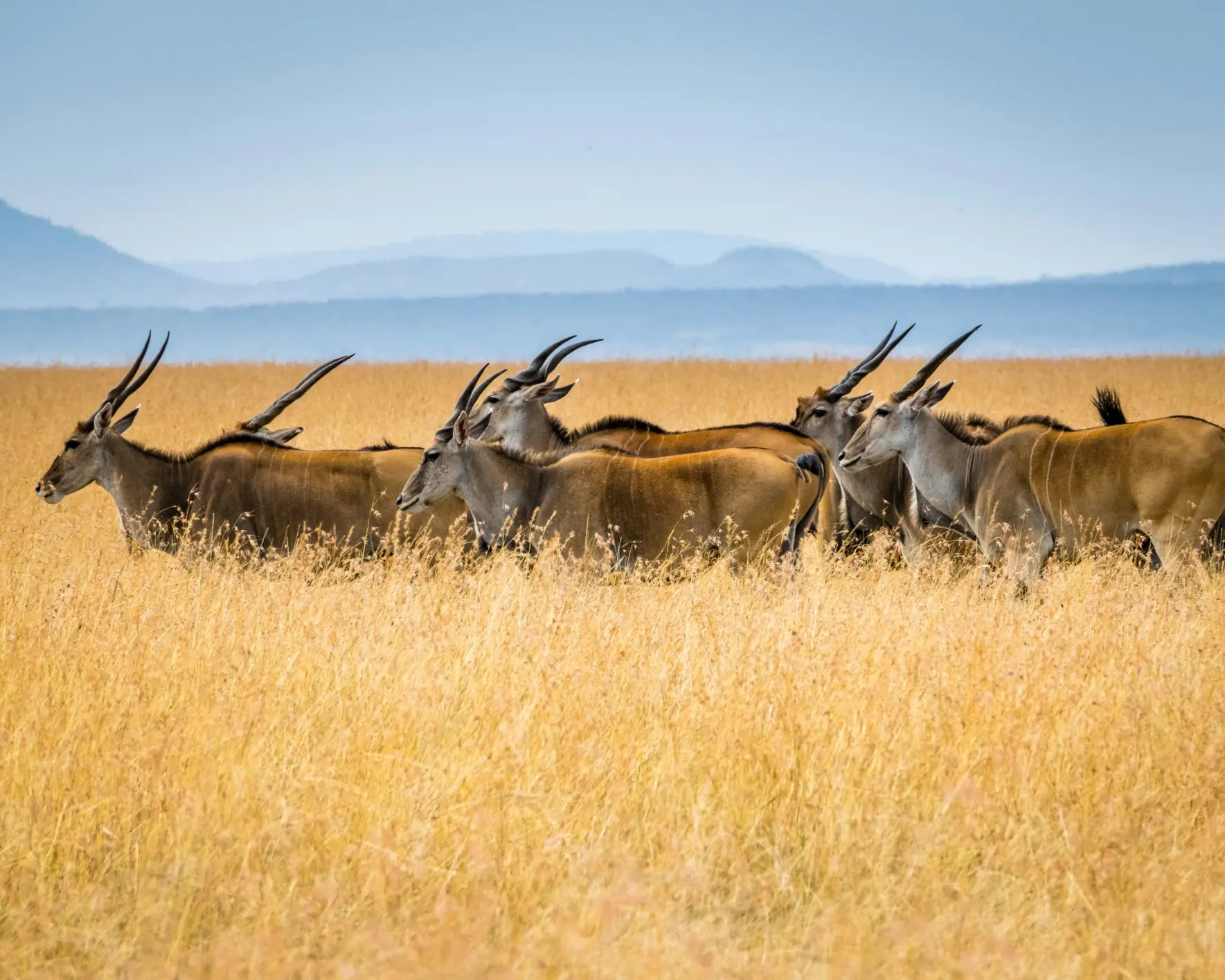
This isn’t just about animals crossing a river. The Great Wildebeest Migration is a story of survival—driven by instinct and full of unpredictability. Between July and September, herds thunder through the Masai Mara, crowding riverbanks in waves, while crocodiles wait and lions scan the plains.
No two days look alike. One morning might bring quiet grazing scenes. A few hours later, you could be witnessing a chaotic, breathtaking crossing. That unpredictability is what makes it real—and unforgettable.
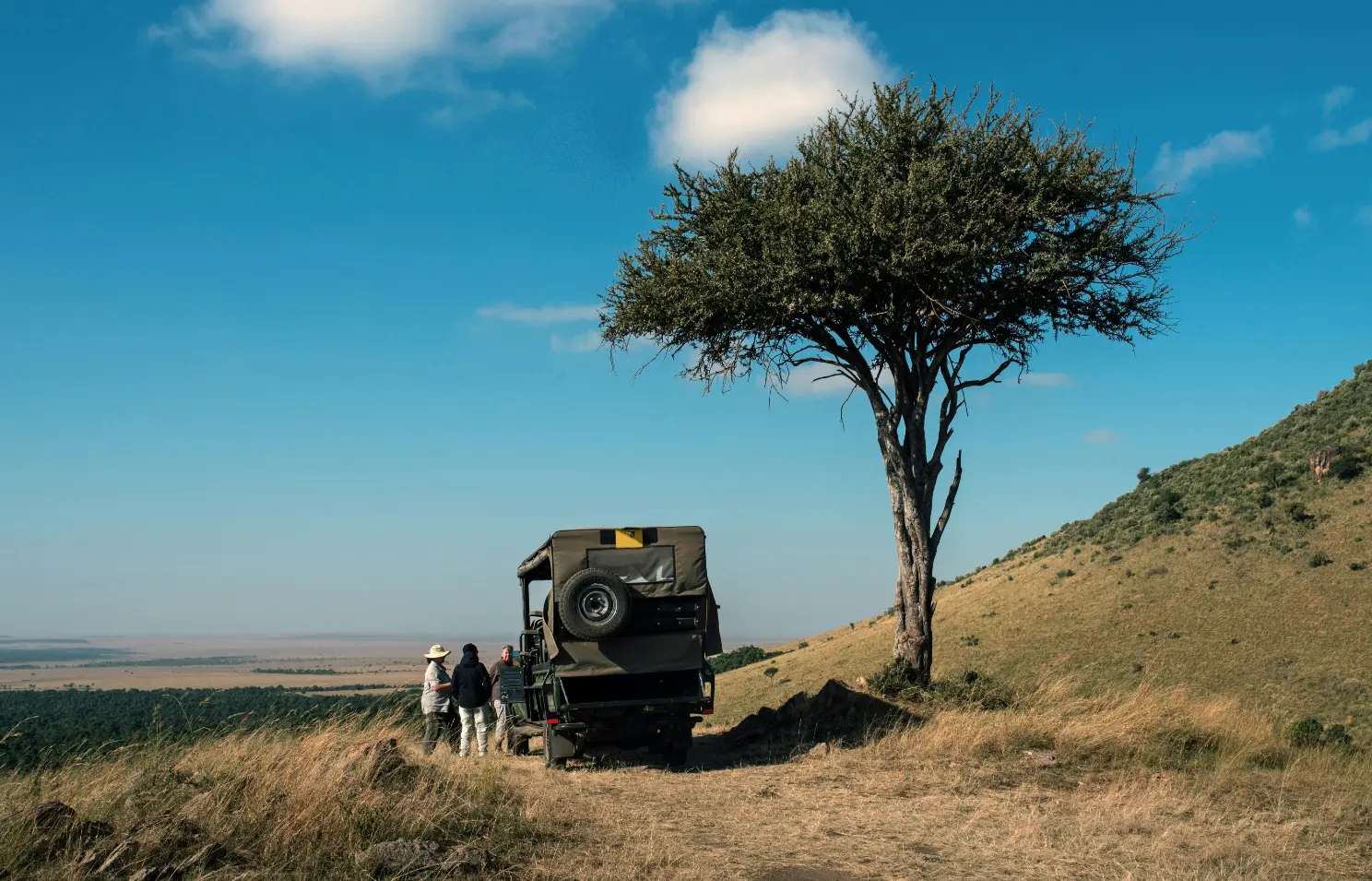
If you’re planning around the migration, circle July to September. This is when animals cross into Masai Mara from the Serengeti, especially around the Mara and Talek Rivers. These rivers are where the biggest moments happen—stampedes into crocodile-filled waters, sometimes right in front of your vehicle.
Since no one can predict exactly when a river crossing will happen, it helps to stay close. Lodges like Governors’ and Entim offer easy access to the action, and LocalHi works directly with them to get you early game drives and prime views. For the best migration tours, it’s smart to book early—especially if you’re traveling as a family during school holidays or festive breaks.

River crossings are intense and unforgettable. But they’re just part of the show. All around, the plains are alive with drama—lions hunting calves, leopards hiding in the trees, cheetahs sprinting after prey. It’s all happening, and during migration season, sightings of big cats are more frequent and more dramatic than usual.
LocalHi guests are often surprised at how close you get to the action. Guides will sometimes cut the engine and let the silence speak. You hear the breathing, the tension, the story unfolding in front of you. Masai Mara predator sightings in 2025 are expected to be especially rewarding, thanks to good rainfall and strong conservation efforts. If you love wildlife, this is your time.
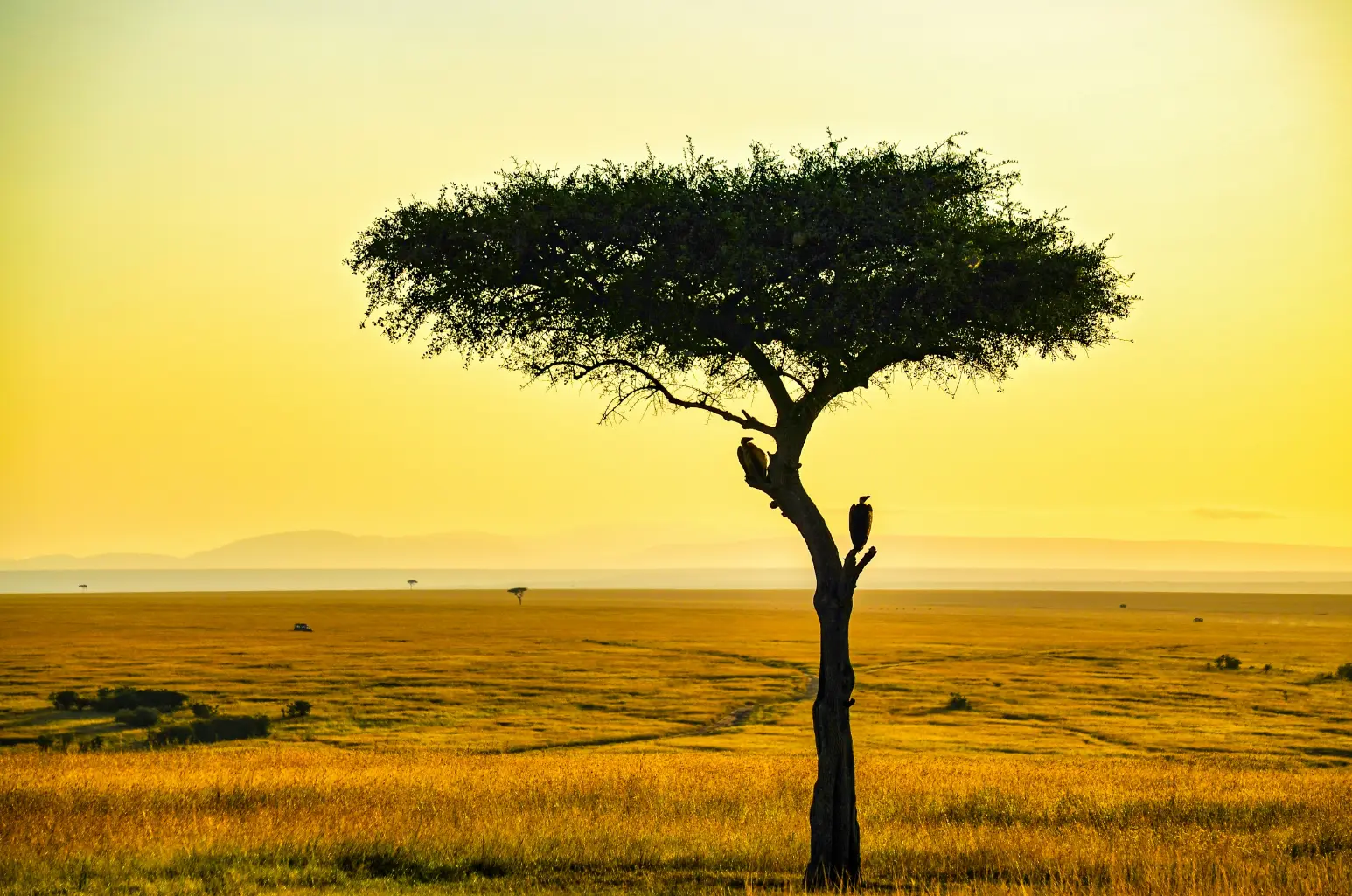
There’s nothing quite like seeing the migration from above. A hot-air balloon safari over the Masai Mara gives you a calm, floating view of chaos and beauty below—herds moving in wave-like patterns, elephants walking in line, giraffes casting long shadows across the grasslands.
It’s peaceful, surreal, and unforgettable. For Indian honeymooners or families marking a special moment, it’s the experience you’ll talk about long after the safari ends. LocalHi’s migration safari packages for Indian travelers often include balloon rides, complete with sunrise takeoff, champagne breakfast (yes, with vegetarian options), and smooth transfers. It feels exclusive—but booked early, it’s more affordable than you’d expect.
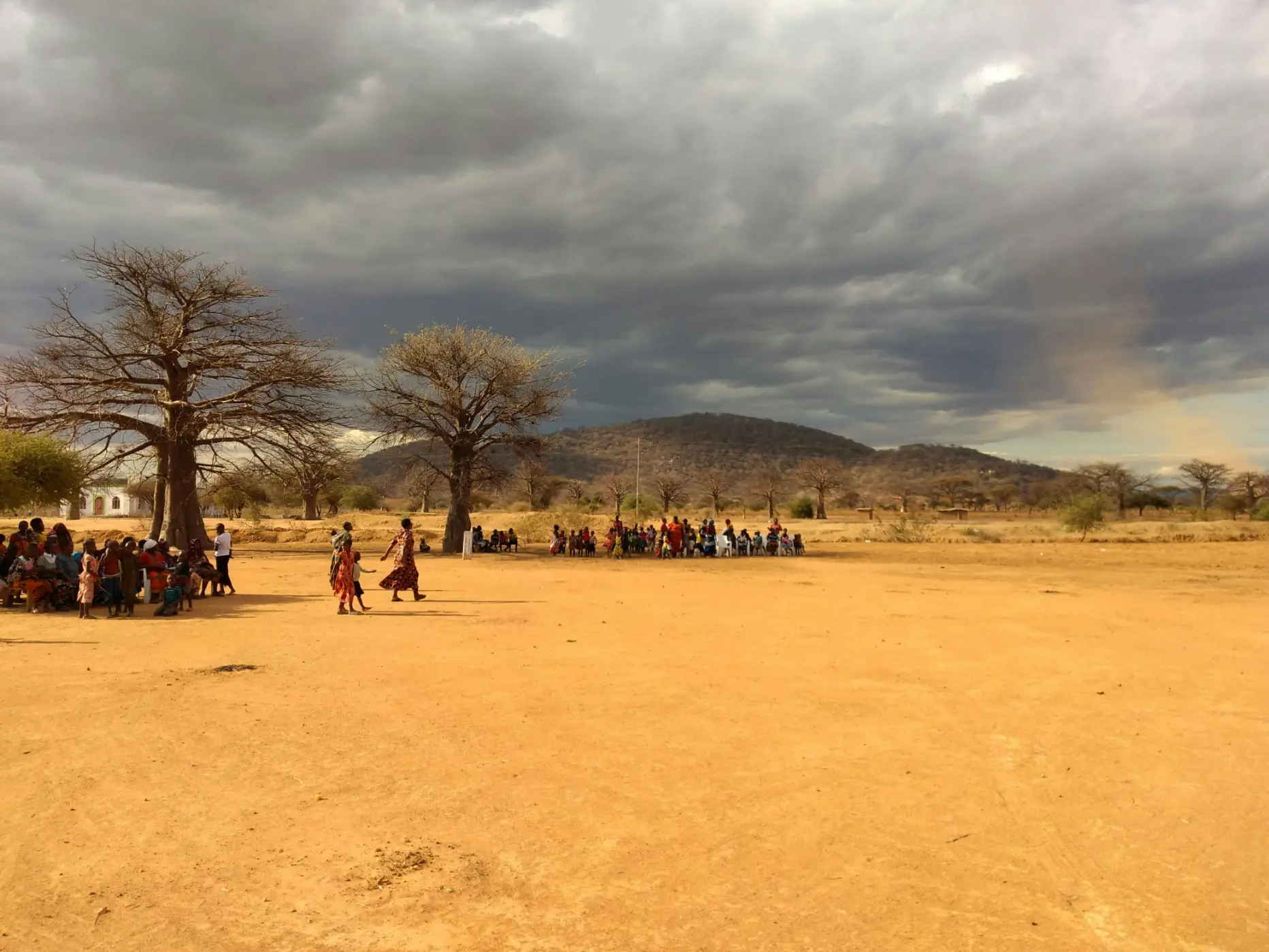
A typical 5–6 day Masai Mara migration safari from India in 2025 starts at around ₹2,00,000 per person. That includes stays, meals, game drives, transfers, and even domestic flights from Nairobi. Hot-air balloon rides usually cost an extra ₹35,000–₹40,000 per person.
Since lodges charge premium rates during migration season, booking ahead is key. LocalHi offers all pricing and inclusions in INR, so you don’t have to worry about exchange rates or hidden costs. Flights from Mumbai or Delhi to Nairobi average ₹38,000–₹55,000 for a round trip, with bush flights to the Mara costing around ₹8,000–₹12,000.
From airport pickups to personalized vegetarian meals, LocalHi’s Indian-friendly safari packages make it easy to understand where your money is going and what’s included.
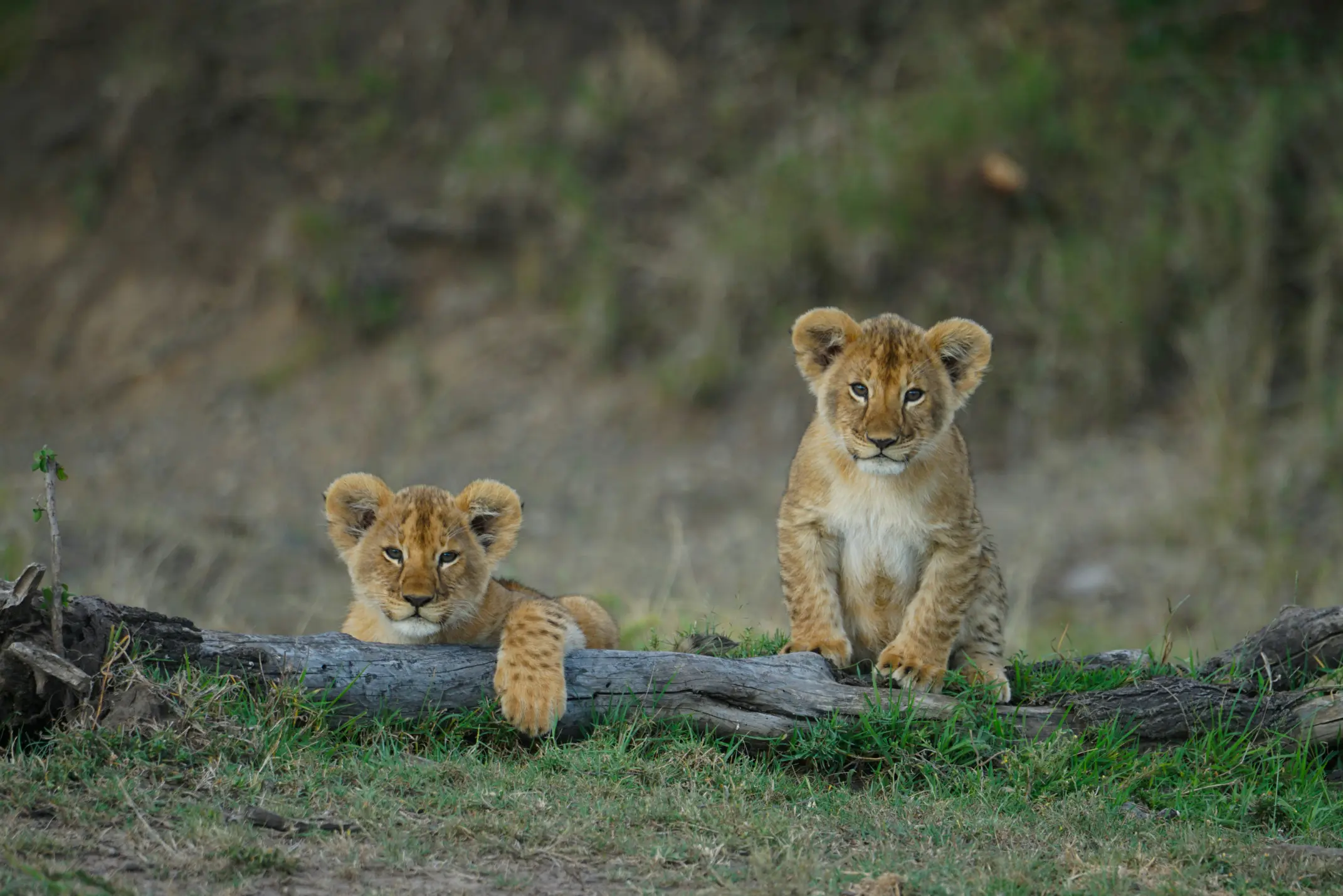
Indian citizens can apply for a Kenya e-visa online. It takes about three days to process and costs $50 (around ₹4,200). Nairobi is the main entry point, with direct or one-stop flights from major Indian cities like Delhi and Mumbai. From there, you can either take a short bush flight into Masai Mara or drive through the scenic Rift Valley.
Pack smart. Bring layers, sunblock, power banks, and insect repellent. Remote camps sometimes have limited food choices, but LocalHi ensures vegetarian dining during the Masai Mara migration is available and customized to your preferences. Most camps are safe, well-staffed, and used to welcoming guests from around the world—including Indian travelers with specific dietary or cultural needs.
Migration season works beautifully for Indian families. Camps offer early game drives, private vehicles, and flexible schedules for all ages. Kids get the thrill of seeing wildlife up close, and parents get peace of mind knowing everything is planned in advance.
For couples, this is romance at its wildest—golden hour drives, bush dinners under the stars, and cozy lodges where you wake up to the sounds of the savannah. LocalHi organizes safe Masai Mara migration safaris for Indian families and couples, complete with group discounts, personalized touches, and attentive service from start to finish. Whether you're marking an anniversary or just exploring with close friends, it’s designed around you.
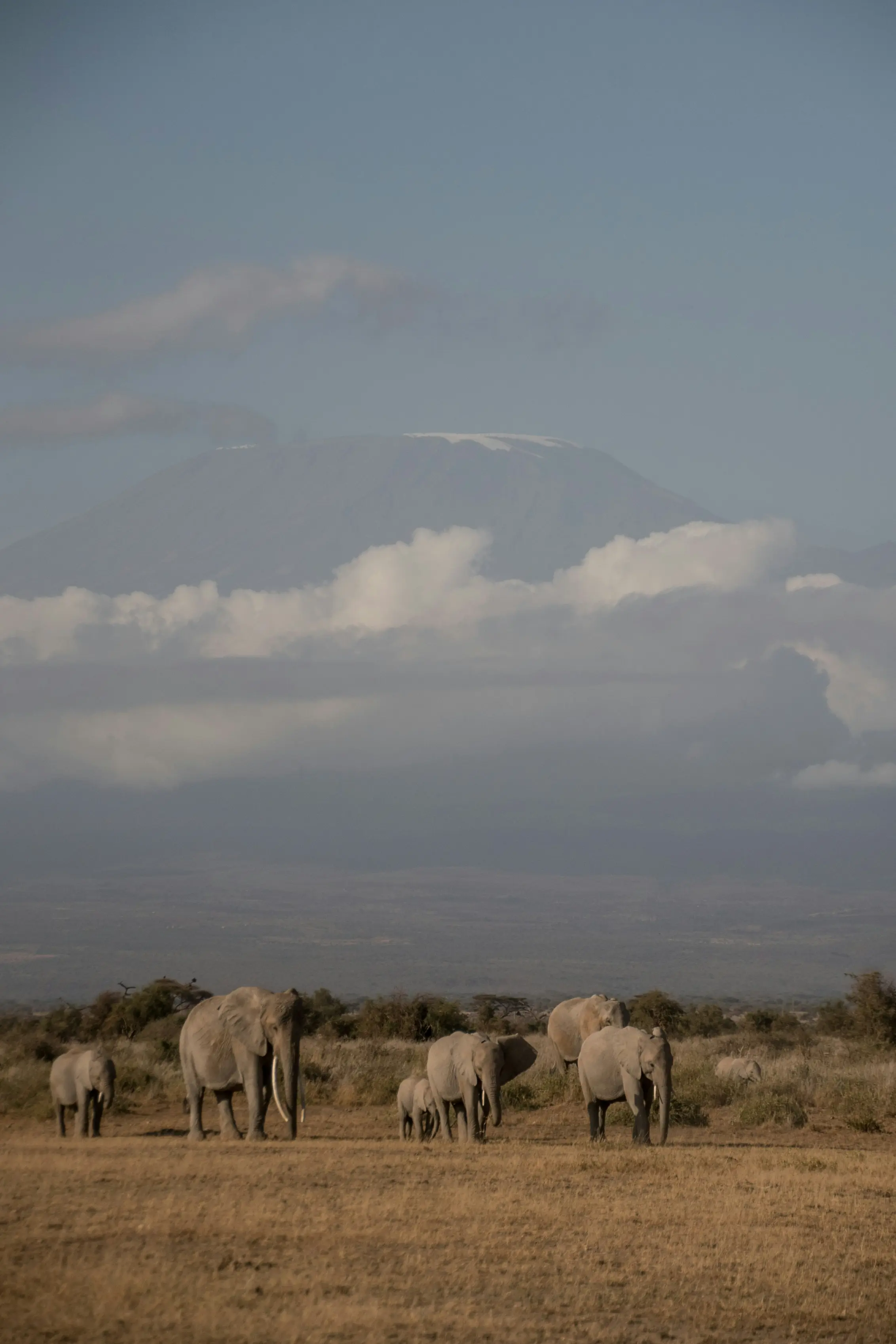
The Great Migration is always moving. You need a partner who knows how to move with it. LocalHi’s Masai Mara migration safari planning for Indian tourists is rooted in real insight—how Indian travelers think, what they need, what they eat, and what they expect from a bucket-list trip.
From helping with e-visas and quoting in INR to booking balloon rides and tracking wildlife in real-time, LocalHi makes the experience smooth, personal, and genuinely memorable. Whether it’s your first safari or your dream return trip, we make sure every detail feels just right.